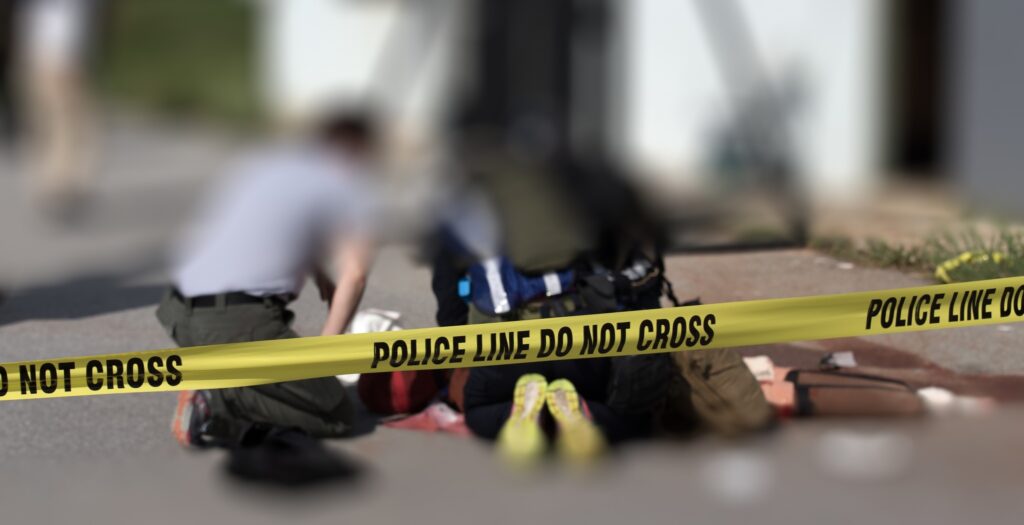Once again, we see active shooters are in the news. At California Tactical Academy we have a fairly comprehensive course in the subject which includes some excellent instruction on not just the fundamentals, but also some of the more esoteric, but critical, lessons learned. Some of the often-overlooked issues that come up should probably be addressed by the well-prepared individual. In keeping with that notion, we are going to look at all the aspects of the Run, Hide, Fight doctrine. But for this article, we will focus on some other common issues that arise.
One of the most critical survival skills that are too often forgotten is life saver skills. Knowing simple first responder first aid, such as stopping blood loss will literally mean the difference between life and death. From day one we had a self-aid/buddy aid component focused on stopping blood loss in our classes. This skill is as important as any other and arguably more important than many other subjects taught. If the active shooter situation is stable, and you come across a living victim who is suffering significant blood loss, you are very likely their only hope for survival. This may sound dramatic but with serious blood loss, a person can go unconscious in seconds and die in a few short minutes. Once unconscious, they are no longer a candidate for self-aid. If the bleeding is to be stemmed, you are the rescuer. Waiting for paramedics, or other first responders is not practical. Even if the first responders are near, it is not practical to expect them to find and save your victim in time. And they might be occupied with other victims they have come across on their way to yours. That leaves you.
Of course, first aid is also self-aid. Knowing how to apply a tourniquet to your arm or leg is an essential skill. Knowing how to arrest torso bleeding is also essential. Get these skills and practice them so you can perform blindfolded in an active shooter situation.
One of the other often overlooked aspects we encounter in an active shooter situation is weapon pick up. By this, I don’t mean being able to pick up a firearm at the scene and use it. While this can be important, and we teach this skill with several style of popular weapon systems, what I am talking about here is the decision matrix for when to pick up a weapon from the scene and when to run past it to safety. We have to consider how our actions may put us in danger with first responders and other armed citizens. From an investigator stand point, I always examine the evidentiary issues as well. Will picking up a gun needlessly contaminate my crime scene and maybe make prosecution or resolution difficult?
Many are familiar with the term fight or flight. Sadly, we have often overlooked the other “F” word. Freeze. We need to address visualization and mental rehearsals and imagery for best response to stimuli in an active shooter situation. There are many ways to prepare and conduct stress inoculation. Mental rehearsals are one of the best ways of doing this because it does not take a special location, role players, props, and other ancillary devices. It just takes your imagination and a few seconds of your time. In this day and age, we have a huge selection of real-world videos to critically examine, and then extrapolate our selves into those predicaments. Once there we can imagine our solutions and work through the initial mental shock that leads to the “freeze” when we should be in one of the other two “F” modes.
Stay tuned, in the next 3 articles, we will delve deeply into the Run, the Hide and the Fight responses and what each of these might entail.
About the writer
Mike Lazarus
Military and Law Enforcement Veteran
FBI certified firearm instructor
MP5 and Sub Machine gun instructor
Defensive tactics instructor



